Okjeong (옥정)
2.2Km 2021-03-19
18, Insadong, 12-gil, Jongro-gu, Seoul
+82-2-733-5412
A traditional Korean restaurant serving hanjeongsik (Korean table d'hôte) for 30 years now. The representative menu is Korean table d''hote. This is a Korean cuisine located in Insa-dong, Seoul.
Pavillon de Bosingak (보신각)
2.2Km 2020-11-03
54, Jong-ro, Jongno-gu, Seoul-si
+82-2-2133-2641
Second trésor national de Séoul, situé à Jongno, le pavillon de Bosingak était utilisé durant la dynastie Joseon pour annoncer l’heure. Il y avait quatre portes à Séoul qui permettaient aux gens d'entrer et de sortir. A 4 h du matin, la cloche sonnait 33 coups et les portes s’ouvraient. A 19h, la cloche sonnait 28 coups et les portes se fermaient. La cloche servait aussi de sirène.
La cloche se situait dans le temps Wongaksa en 1468 avant d'être déplacée en 1618 dans sa position actuelle. Dans un but de conservation, la cloche originelle se trouve désormais au musée national de Corée. La cloche de substitution dans le pavillon a été réalisée en 1985.
Lors du réveillon de la Nouvelle Année, la cloche sonne 33 coups alors que des milliers de gens affluent dans la rue Jongno pour assister à cet évènement.
Les touristes peuvent également assister à une reconstitution de la cérémonie de la cloche (sauf les lundis) à partir de 11h20.
Baekje Samgyetang (백제삼계탕)
2.2Km 2021-03-18
8-10, Myeongdong, 8-gil, Jung-gu, Seoul
+82-2-776-3267
This is a Korean cuisine located in Myeong-dong, Seoul. The representative menu is ginseng chicken soup. A store that sells Korean-style whole chicken soup with rice and clear broth.
PungGyeong [Korea Quality] / 풍경 [한국관광 품질인증]
2.2Km 2021-04-01
32-6, Seonggyungwan-ro, Jongno-gu, Seoul
+82-10-7103-6993
The hanok guesthouse Punggyeong was opened in spring 2016. With a stylish green pine tree exterior mural painting, the hanok building welcomes guests with a cozy yard. The low wooden bench and chair are there to provide relaxation for guests. The guesthouse has Korean-style rooms and two rooms with bed. The kitchen is furnished with a dining table with chairs for those who are not familiar with the Korean-style room. It serves Korean-style breakfast and traditional Korean tea. Usually, the staff leaves the guesthouse at night. Guests who rent the entire guesthouse can spend some quality time with friends or family.
Nwijo(뉘조)
2.2Km 2024-12-11
27, Insadong 14-gil, Jongno-gu, Seoul
+82-2-730-9311
Nwijo (뉘조) is a Korean restaurant specializing in wild vegetable cuisine. The name ‘Nwijo’ means ‘the god of the silkworm,’ and likens wild vegetables to silkworms in that both can be eaten in their entirety. The restaurant serves original full-course Korean meals that are prepared using hundreds of kinds of wild vegetables, including special seasonal vegetables.
A typical full-course meal starts with delicious pumpkin porridge, followed by seasoned wild vegetables, root vegetable ssam (condiments wrapped in vegetable leaves), slices of boiled meat, and steamed lotus leaf-wrapped rice served with jjigae (Korean stew) and various side dishes. This kind of traditional feast is pleasing to both the eye and the palate and is topped off with sikhye (traditional sweet rice drink). Lunch specials are also available.
CAFE COIN (카페코인)
2.2Km 2021-03-19
10, Myeongdong, 6-gil, Jung-gu, Seoul
+82-2-753-1667
A café featured in a popular Korean drama. This is a cafe located in Jung-gu, Seoul. The representative menu is tiramisu.
THE BUS STOP(더버스스탑)
2.2Km 2020-11-19
26-1, Toegye-ro, 20-gil, Jung-gu, Seoul
+82-10-9083-9616
A café that sells various drinks. This restaurant's signature menu is americano. This is a cafe located in Jung-gu, Seoul.
Pacific Hotel (퍼시픽 호텔)
2.2Km 2021-06-18
2, Toegye-ro 20-gil, Jung-gu, Seoul
Pacific Hotel is situated near Namsan Mountain and N Seoul Tower, one of the most popular attractions in Seoul. The hotel is also conveniently located adjacent to Myeongdong, the heart of shopping in Seoul, and provides guests with easy access to public transportation and shopping districts such as Namdaemun, Dongdaemun, and major department stores.
In celebration of its 30th anniversary the hotel underwent renovations, updating its building and facilities in an effort to advance its image as a luxury hotel. With dedicated staff ready to welcome guests with warm hospitality, the hotel offers 139 comfortable guestrooms and a variety of subsidiary facilities such as a banquet hall, a sauna, restaurants, and more.
Skinanniversary Beauty Town (스킨애니버셔리 뷰티타운)
2.2Km 2020-03-31
508-1, Munbal-ri, Gyoha-eup, Paju-si, Gyeonggi-do
+82-2-760-1472
SkinAnniversary Beauty Town (ville de beauté) est un complexe de beauté offrant aux visiteurs une chance d’expérimenter les différentes facettes de la culture de la beauté coréenne. C’est le complexe de beauté le plus grand au monde bénéficiant d’une superficie impressionnante de 15km ² et une capacité de 2 000 clients. Les clients peuvent prendre part à de nombreuses activités de soin de beauté à des prix abordables incluant des traitements coréens de la peau et du maquillage de style Hallyu. Il y a également une galerie d’art pour faire le plein d’astuces, une zone photo et un restaurant de style buffet rempli de nourriture bonne pour la peau.
Seoul Munmyo (Sungkyunkwan) (서울 문묘 및 성균관)
2.2Km 2020-04-28
53, Myeongnyundong3-ga, Jongno-gu, Seoul-si
+82-2-760-1472
Munmyo est un sanctuaire dédié à Confucius, dont les leçons ont formé du confucianisme. Il est également dédié à ses disciples et au autres savants confucéens. Munmyo est non seulement un sanctuaire mais c’est également la plus grande institution éducative de la dynastie Joseon. Munmyo était autrefois appelé Munseonwangmyo depuis la dynastie Tang, Confucius a été nommé « roi Munseon » après sa mort et ensuite le temple a été appelé Munmyo à partir de la dynastie Yuan.
Le terrain est composé de deux espaces principaux : les tombeaux Daeseongjeon et le Myeongryundang est composé de salles de séminaires et d’autres équipements auxiliaires. De plus, il y a deux dortoirs, Dongjae et Seojae, qui sont communément connu sous le nom de Sungkyunkwan. En face de Myeongryundang se dresse un arbre ginko désigné monument naturel No. 59. Au printemps et en automne a lieu un rituel pour Confucius et ses disciples.
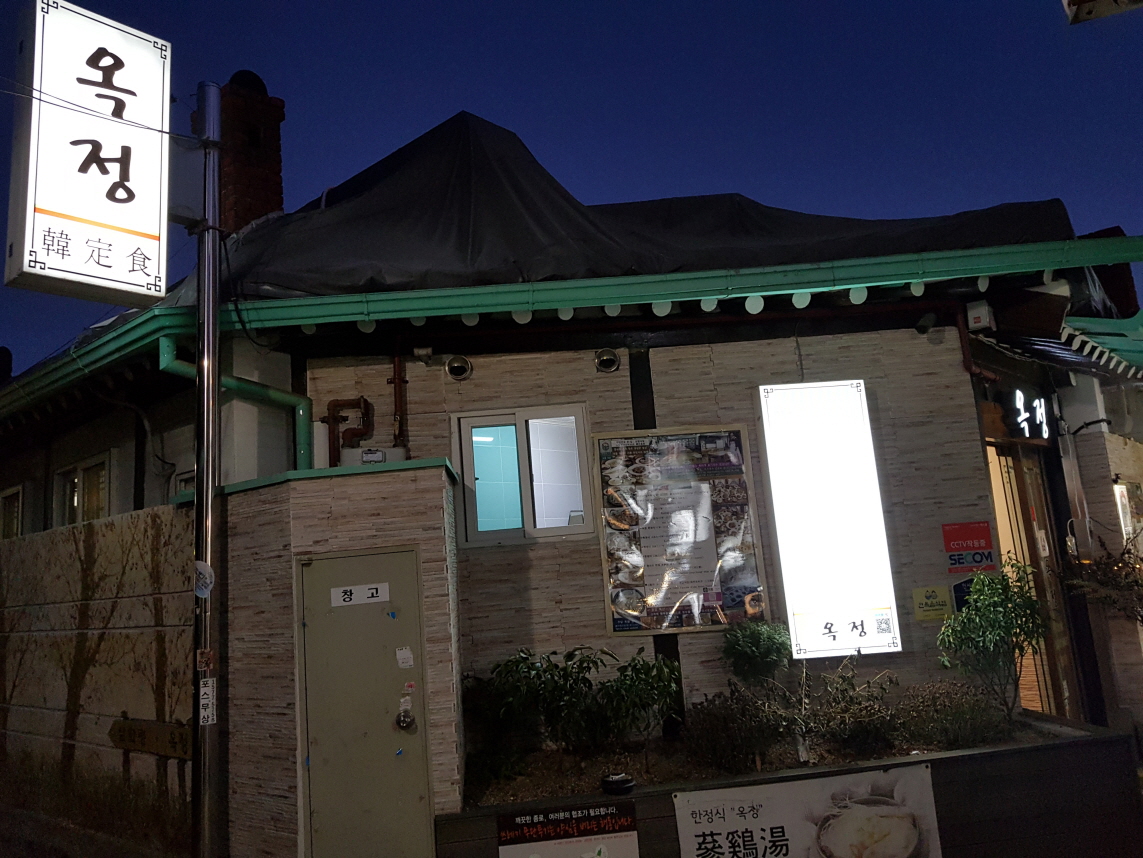
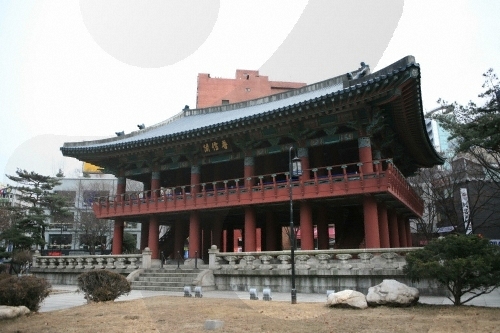
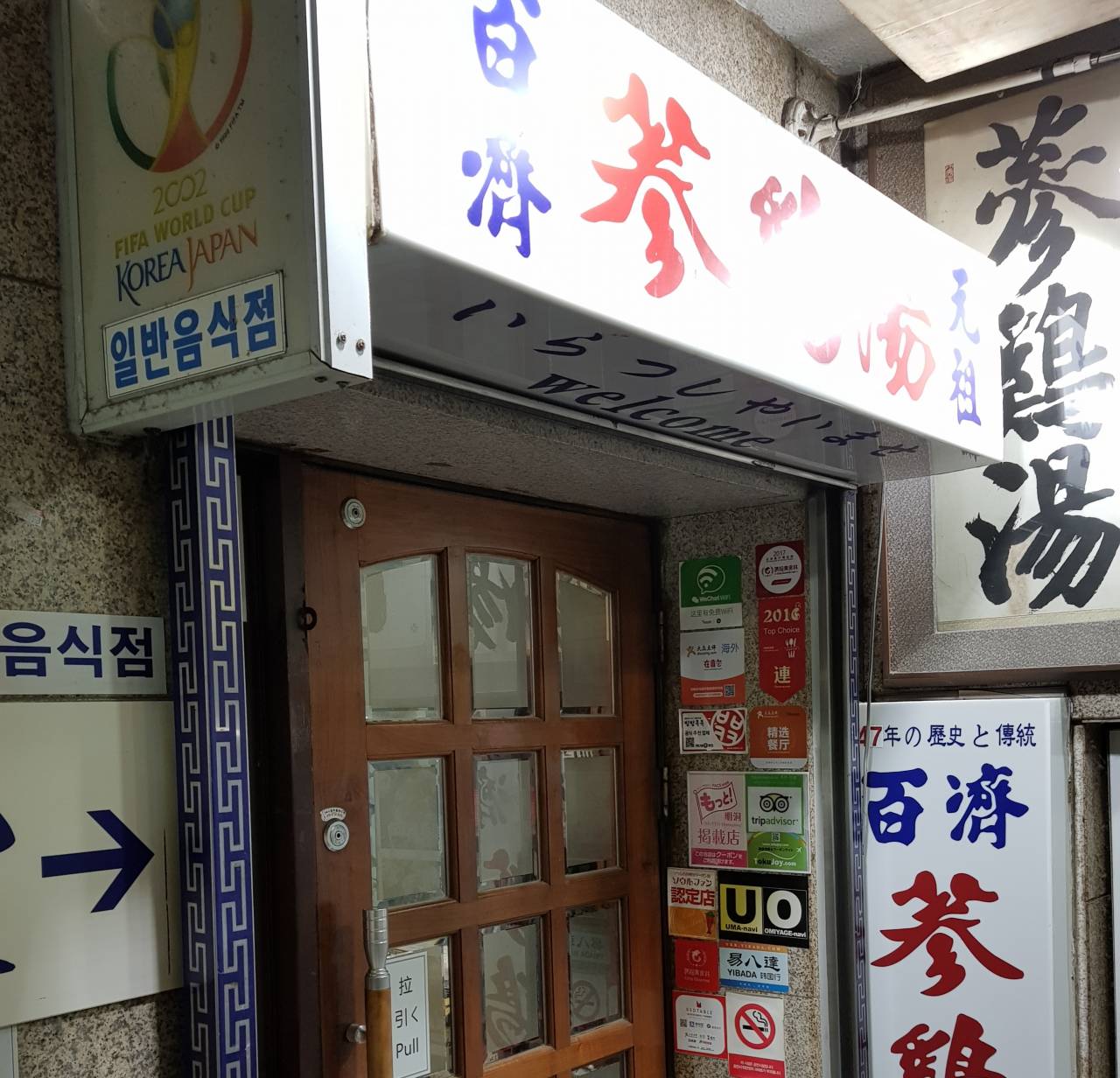
![PungGyeong [Korea Quality] / 풍경 [한국관광 품질인증]](http://tong.visitkorea.or.kr/cms/resource/80/2633780_image2_1.jpg)
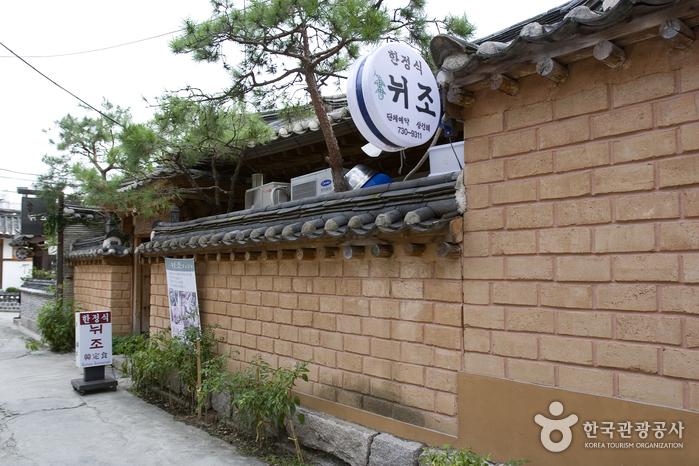
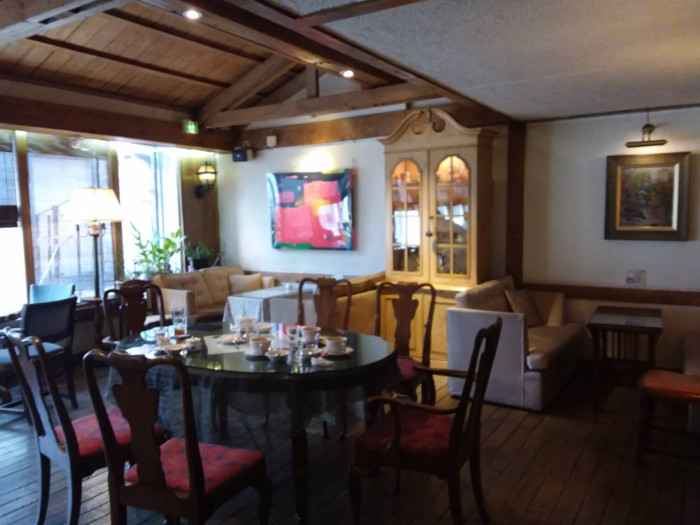
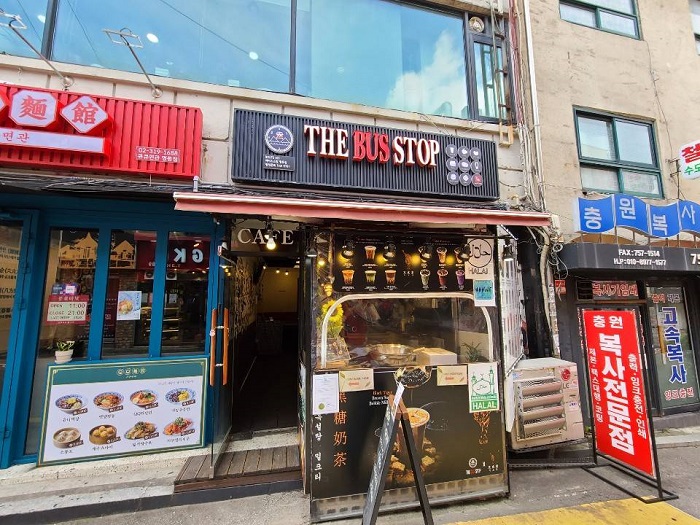
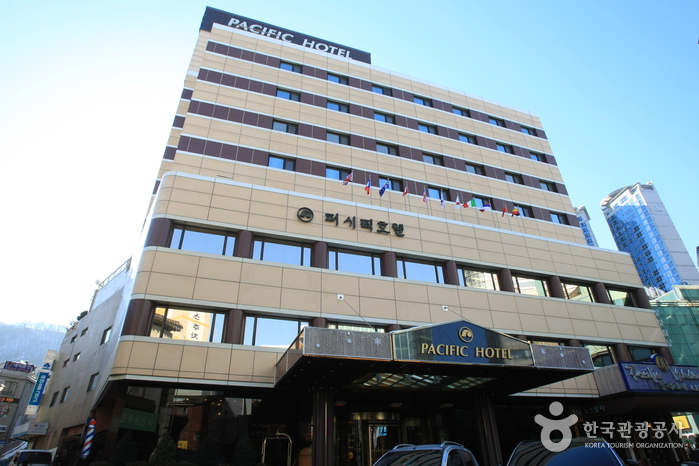
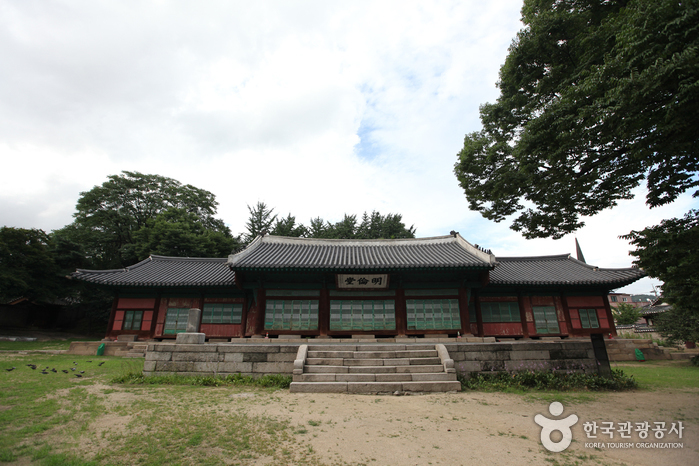
 Français
Français
 한국어
한국어 English
English 日本語
日本語 中文(简体)
中文(简体) Deutsch
Deutsch Español
Español Русский
Русский